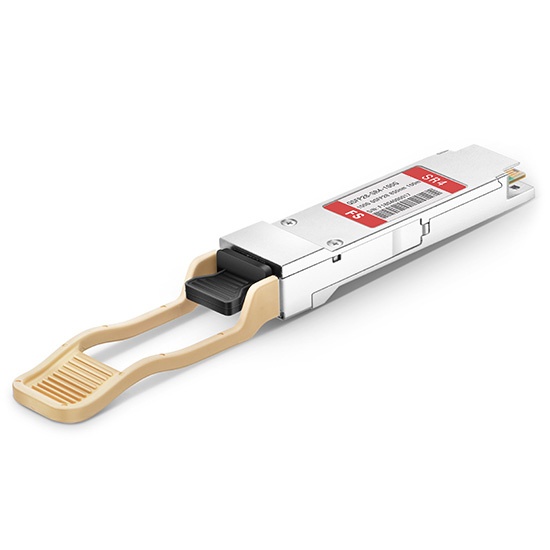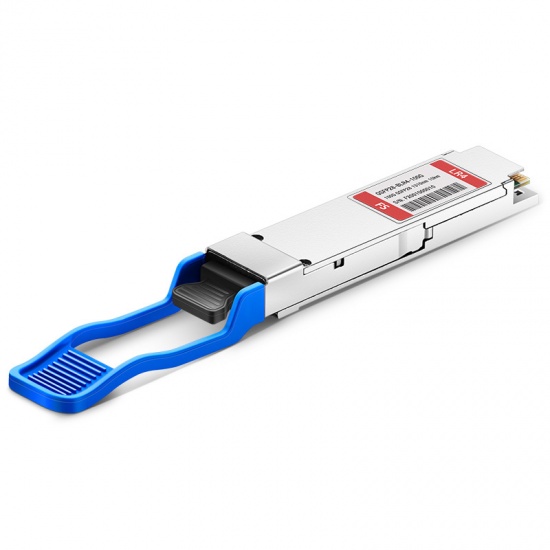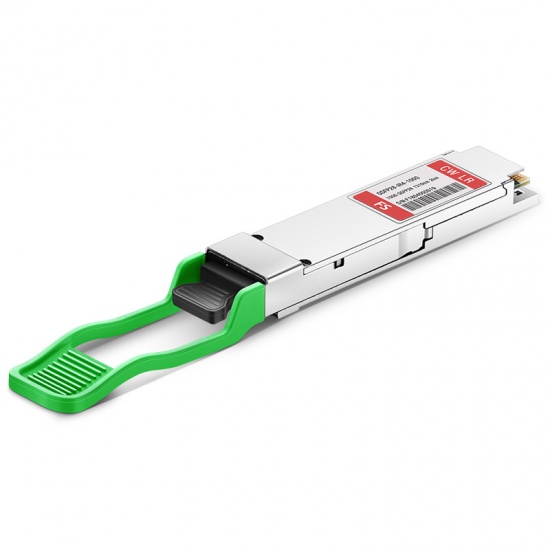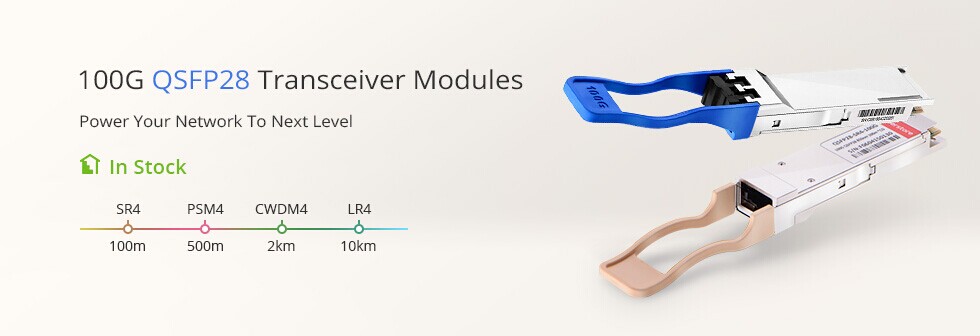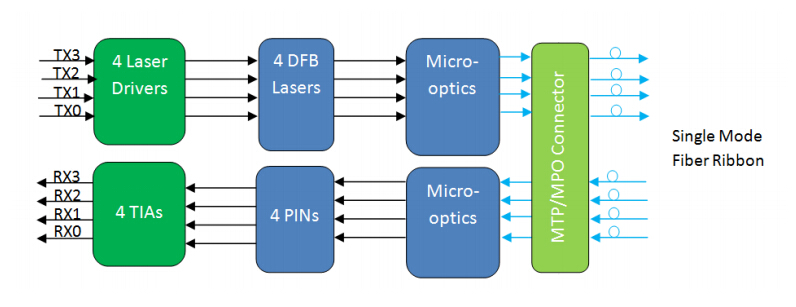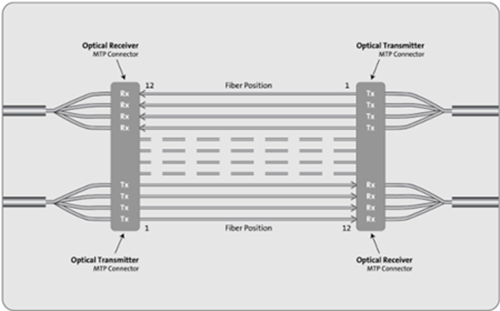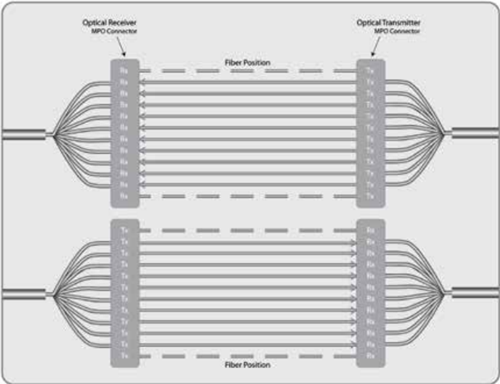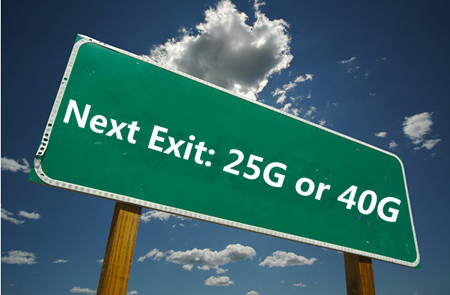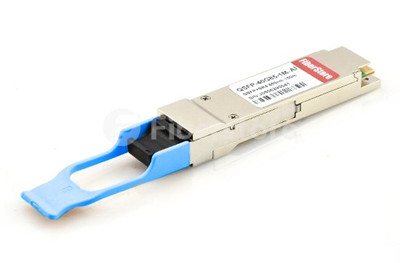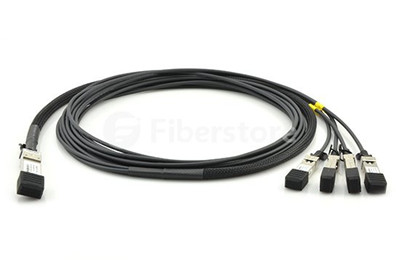100G Ethernet will have a larger share of network equipment market in 2017, according to Infonetics Research. But we can’t neglect the fact that 100G technology and relevant optics are still under development. Users who plan to layout 100G network for long-haul infrastructures usually met some problems. For example, currently, the qsfp28 optics on the market can only support up to 10 km (QSFP28 100GBASE-LR4) with WDM technology, which means you have to buy the extra expensive WDM devices. For applications beyond 10km, QSFP28 optical transceivers cannot reach it. Therefore, users have to use 40G QSFP+ optics on 100G switches. But here comes a problem, can I use the QSFP+ optics on the QSFP28 port of the 100G switch? If this is okay, can I use the QSFP28 modules on the QSFP+ port? This article discusses the feasibility of this solution and provides foundational guidance on how to configure the 100G switches.
For Most Switches, QSFP+ Can Be Used on QSFP28 Port
As we all know that QSFP28 transceivers have the same form factor as the QSFP optical transceiver. The former has just 4 electrical lanes that can be used as a 4x 10GbE, 4×25 GbE, while the latter supports 40G ( 4x10G). So from all of this information, a QSFP28 module breaks out into either 4x 25G or 4x 10G lanes, which depends on the transceiver used. This is the same case with the SFP28 transceivers that accept SFP+ transceivers and run at the lower 10G speed.
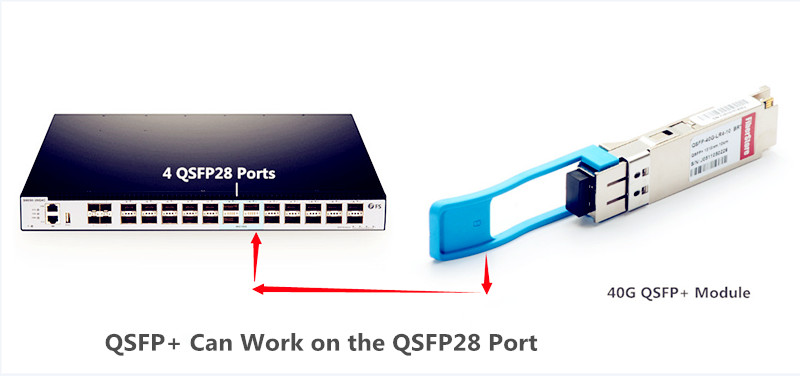
A 100G QSFP28 port can generally take either a QSFP+ or QSFP28 optics. If the QSFP28 optics support 25G lanes, then it can operate 4x25G breakout, 2x50G breakout, or 1x100G (no breakout). The QSFP+ optic supports 10G lanes, so it can run 4x10GE or 1x40GE. If you use the QSFP transceivers in QSFP28 port, keep in mind that you have both single-mode and multimode (SR/LR) optical transceivers and twinax/AOC options that are available.
In all Cases, QSFP28 Optics Cannot Be Used on QSFP+ Port
SFP+ can’t auto-negotiate to support SFP module, similarly, QSFP28 modules can not be used on the QSFP port, either. There is the rule about mixing optical transceivers with different speeds—it basically comes down to the optic and the port, vice versa. Both ends of the two modules have to match and the form factor needs to match as well. Additionally, port speed needs to be equal to or greater than the optic used.
How to Configure 100G Switch
For those who are not familiar with how to do the port configuration, you can have a look at the following part.
- How do you change 100G QSFP ports to support QSFP+ 40GbE transceivers?
Configure the desired speed as 40G:
(config)# interface Ethernet1/1
(config-if-Et1/1)# speed forced 40gfull
- How do you change 100G QSFP ports to support 4x10GbE mode using a QSFP+ transceiver?
Configure the desired speed as 10G:
(config)# interface Ethernet1/1 – 4
(config-if-Et1/1-4)# speed forced 10000full
- How do you change 100G QSFP ports from 100GbE mode to 4x25G mode?
Configure the desired speed as 25G:
(config)# interface Ethernet1/1 – 4
(config-if-Et1/1-4)# speed forced 25gfull
- How do you change 100G QSFP ports back to the default mode?
Configure the port to default mode:
(config)# interface Ethernet1/1-4
(config-if-Et1/1)# no speed
Note that if you have no experience in port configuration, it is advisable for you to consult your switch vendor in advance.
Conclusion
To sum up, QSFP+ modules can be used on the QSFP28 ports, but QSFP28 transceivers cannot transmit 100Gbps on the QSFP+ port. When using the QSFP optics on the QSFP28 port, don’t forget to configure your switch (follow the above instructions). To make sure the smooth network transmission, you need to ensure the connectors on both ends are the same and no manufacturer compatibility issue exists.
Related Article: QSFP28 100G: Plays with 40G, 25G and 10G
Deploy 100 Gigabit Ethernet Network With QSFP28

